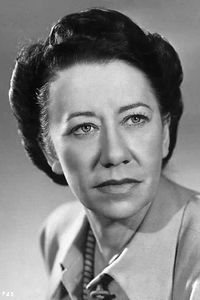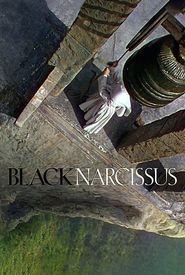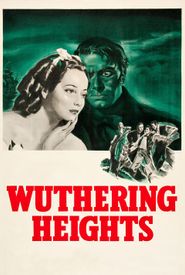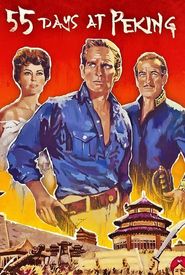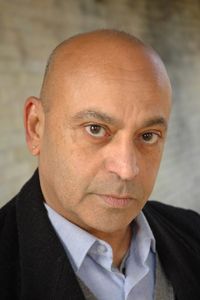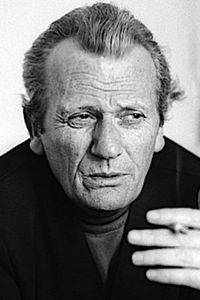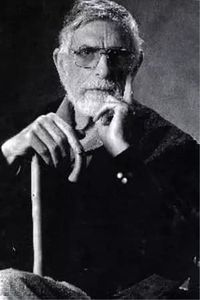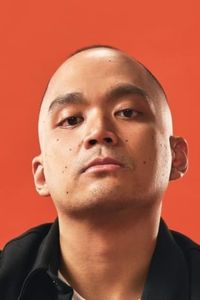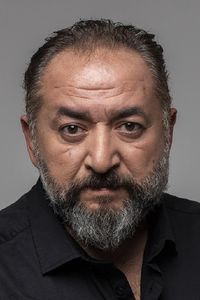Flora Robson, a woman of unassuming physical appearance, yet possessing a wise and sympathetic face, would become a familiar and shining presence on the silver screen of the 1930s and 1940s. Despite initial uncertainty about a career in acting, she first appeared on stage at the tender age of five.
She received her education at Palmer's Green High School and later attended the Royal Academy of Dramatic Art in London, where she won a Bronze Medal in 1921. Between 1921 and 1923, she performed in London and Oxford, but the unstable income and uncertainty of acting led her to work as a factory welfare officer in east London.
However, her versatility and budding talent as a character actress were noticed, and in 1929, a friend urged her to join the Cambridge Festival Theatre, where she remained for two years. By 1931, she was in residence at the Old Vic, where she took on varied roles, including Herodias in "Salome," a drunken prostitute in "The Anatomist," Lady Macbeth in "Macbeth," and Gwendolen in "The Importance of Being Earnest" in 1933.
She stayed with the Old Vic until 1934, but she was already transitioning to film with her debut in "A Gentleman of Paris" (1931). Her dexterity as a screen monarch began shortly thereafter, as Russian Empress Elisabeth in "The Rise of Catherine the Great" (1934). Flora even made a place for herself in television history with her appearance in the pre-WWII British TV production of "Anna Christie" (1937).
She was a forceful Livia in Josef von Sternberg's ill-fated and unfinished "I, Claudius" (1937),but gave a hint of her future potential with her rousing Queen Elizabeth I in Alexander Korda's "Fire Over England" (1937) alongside Laurence Olivier and Vivien Leigh.
The year 1939 was extremely busy for Robson, marking her first association with British director Michael Powell in "The Lion Has Wings" (1939) and "Smith" (1939),as well as her first call from Hollywood.
There, she was lauded for two roles that year: as the domineering wife of Paul Muni in "We Are Not Alone" (1939) and opposite fellow British stars Laurence Olivier, Merle Oberon, and David Niven as narrator and housekeeper Ellen Dean in the haunting "Wuthering Heights" (1939). Her compelling Elizabeth marked her for a reprise of the role in the Errol Flynn swashbuckler "The Sea Hawk" (1940),in which she played the role to the hilt.
Among early screen Elizabeth standouts, Florence Eldridge in "Mary of Scotland" (1936) resembled the historical queen, and Bette Davis displayed the manner and temperament with her usual command in "The Private Lives of Elizabeth and Essex" (1939). However, Robson seemed to best personify the total person and spirit of 'good Queen Bess.'
Flora's film career was marked by her character versatility, which had and continued to mark precious time for stage work, as in her murderess Ellen Creed in "Ladies in Retirement" (Broadway, 1950). In 1941, she returned to war-torn London to boldly continue theater performances to a grateful country.
After the war, it was a full life of crisscrossing the Atlantic. Though some British critics were not impressed with her return to Hollywood to play the overly protective mulatto servant of Ingrid Bergman in "Saratoga Trunk" (1945),it was an outstanding tour-de-force character performance honored with an Oscar nomination.
Among other memorable roles in the late 1940s, even her reflective Anglican Sister Philippa in Powell's visually stunning and provocative "Black Narcissus" (1947) displays her depth as a solid character actress. Another quarter of a century of roles was accented with memorable theatrical performances as Lady Macbeth on Broadway (1949) and as Paulina in Shakespeare's "The Winter's Tale" (1951),production by John Gielgud, to add to a kaleidoscope mix of movies from 1948 to 1981 and a sprinkling of character pieces on British TV, when she retired from the stage in 1969.
The material success of Hollywood played a part in her much-deserved honor as Commander of the Most Excellent Order of the British Empire (CBE) in 1952 and her ascension as Dame Commander of the Most Excellent Order of the British Empire (DBE) in 1960. Kenneth Barrow wrote a biography, Flora: The Life of Dame Flora Robson (1981). Flora had the further honor of rating two portraits in London's National Portrait Gallery for her full and distinguished life.
